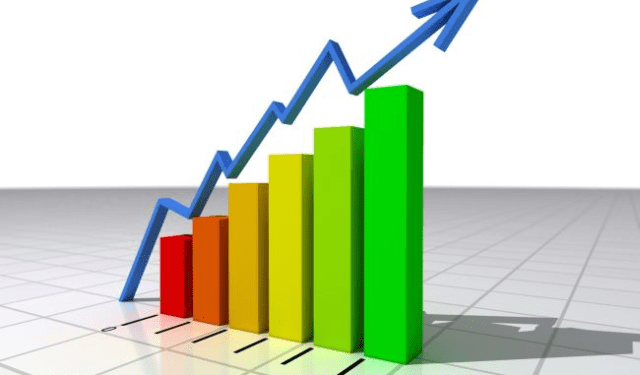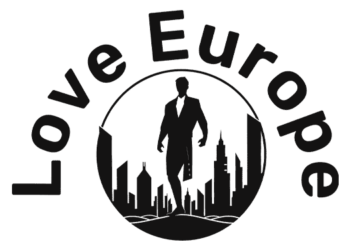In 2024, economic growth accelerated across the entire Western Balkans, with Serbia leading at 3.8% GDP, while the slowest growth was recorded by the economies of Bosnia and Herzegovina (+2.8% GDP) and North Macedonia (+1.8%).
Serbia’s economic growth for the entire year of 2024 exceeded the previously projected 3.5%. According to the World Bank, the reasons for this upward revision lie in the “unexpectedly strong performance in the construction and services sectors during the first half of the year.”
Negative factors included the drought that threatened agricultural output during the summer and contributed to rising food prices, as well as a net negative export result.
“Across the Western Balkans region, mid-term forecasts have improved, although the consequences of geopolitical crises and high energy prices remain challenging factors. To ensure that current growth remains sustainable or improves in the coming years, it is necessary to implement all announced reforms and create new sources of microfinancing,” concluded Nicola Pontara, Director of the World Bank office in Belgrade, during the regular annual conference on growth prospects.
World Bank’s Chief Economist for the Western Balkans, Richard Record, particularly highlighted that the entire region is experiencing historically high employment rates, with the share of employed persons in the total population now averaging 49%, which is 1.0% higher than last year.
While this is still below the European Union average of 55%, the Western Balkans has never been closer to reaching this level.
“High consumption and a large employment rate are significant drivers of growth. On the other hand, after three years of fiscal deficit consolidation (following the pandemic), it is evident that these deficits have begun to rise, a consequence of increased public investment,” Record explained.
Persistent Food Price Inflation
In the medium term, under the baseline scenario, Serbia’s economy is expected to grow at a rate of around 4%. With limited space for future stimulus packages, structural reforms are needed to accelerate growth, with the private sector playing a leading role, according to the official World Bank report.
Regarding Serbia, while the growth achieved has been the highest in the region, there remains pressure due to persistently elevated inflation. As explained by the World Bank’s Chief Economist for Serbia, Lazar Šestović, prices had started to fall but then “a pause in this trend occurred due to high food prices.”
“Forecasts for even higher growth in 2025 are supported by the expectation that such a poor agricultural season cannot repeat itself two years in a row. Foreign direct investment remains at a solid level, though a potential concern arises from declining exports to the EU market,” Šestović commented.
When asked to comment on the planned launch of production at Stellantis’ factory in Kragujevac, Šestović stated that the World Bank is closely monitoring developments in the global auto industry. He doesn’t believe that further delays in production (due to Stellantis’ current issues) would negatively impact overall growth, but if production at full capacity in the Kragujevac factory were to occur, “it could contribute an additional 1% to the country’s GDP growth.”
(Biznis.rs, 17.10.2024)
Ekonomski rast Srbije u 2024. viši od očekivanog – građevina i usluge glavni pokretači
This post is also available in: Italiano
Source link : http://www.bing.com/news/apiclick.aspx?ref=FexRss&aid=&tid=67122d1c82b74bd98166f8ef86cf5584&url=https%3A%2F%2Fwww.serbianmonitor.com%2Fen%2Feconomic-growth-in-serbia-in-2024-exceeds-expectations-construction-and-services-as-key-drivers%2F&c=7098824451395855414&mkt=de-de
Author :
Publish date : 2024-10-18 02:08:00
Copyright for syndicated content belongs to the linked Source.


